Saving energy is crucial for people across the globe, but here in California it's part of our everyday existence. The boys and I drive by former lakes on a daily basis that are now nothing but cracked floors, and I struggle to convey to them that they're witnessing human impact.
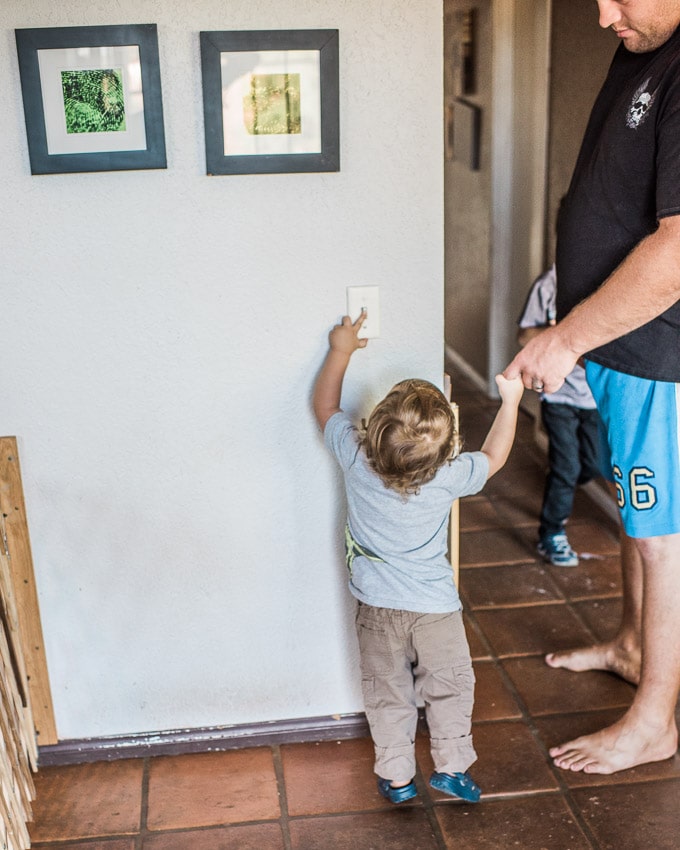
When it comes to saving energy, our small actions can add up to a big a difference. The challenging part is getting the next generation to understand that.
I've worked hard to teach our kids about the impression they can leave on the world around them. Tangible things like the water shortage are easy to see, but abstract concepts like power and energy tend to dive into a lengthy cause-and-effect discussion that's difficult for young minds to wrap their heads around. The water shortage here is plain to see, but the idea that water requires power to treat or transport, and that power can actually be produced by water through earth-friendly hydropower processes . . . well . . . that's a lot to take in.
So we do our best to learn about water and power side-by-side in kid-accessible ways!
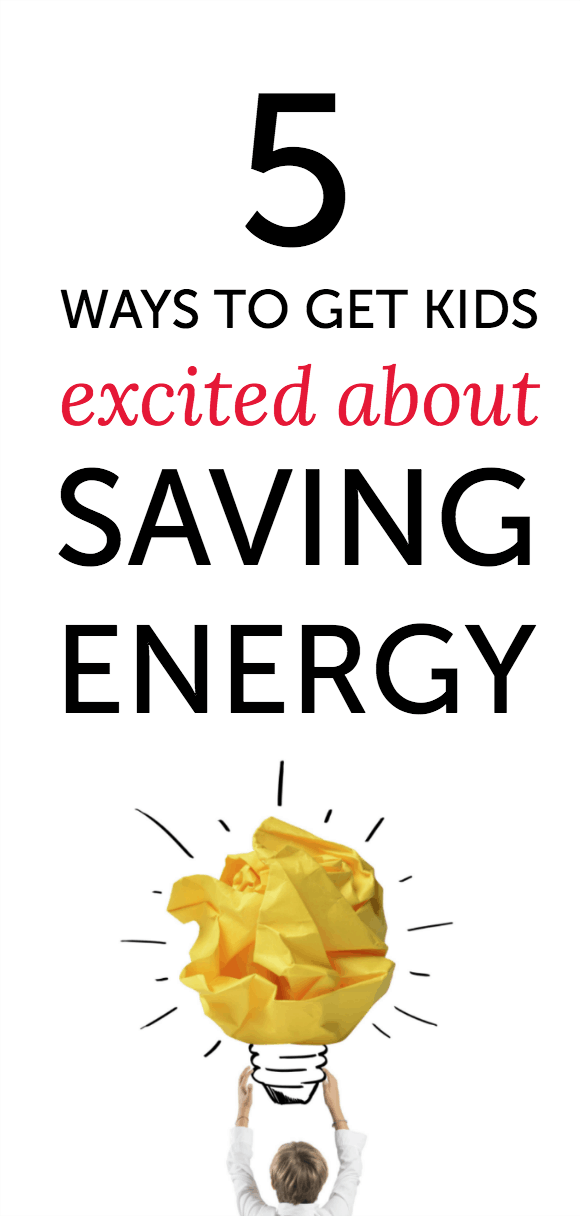
Make it a game. Parents, you're gonna love this. Do you ever play the “quiet game” with your children? The kids think it's awesome to be quiet for five minutes and you reap all the rewards, right? In our “saving energy” game, we get the boys to run around the house turning off all the lights and fans and unnecessarily-powered-up items as fast as possible. They think it's great, and the world reaps the benefits. Best of all, this is one that even the little guys can take part in as soon as they start toddling around.
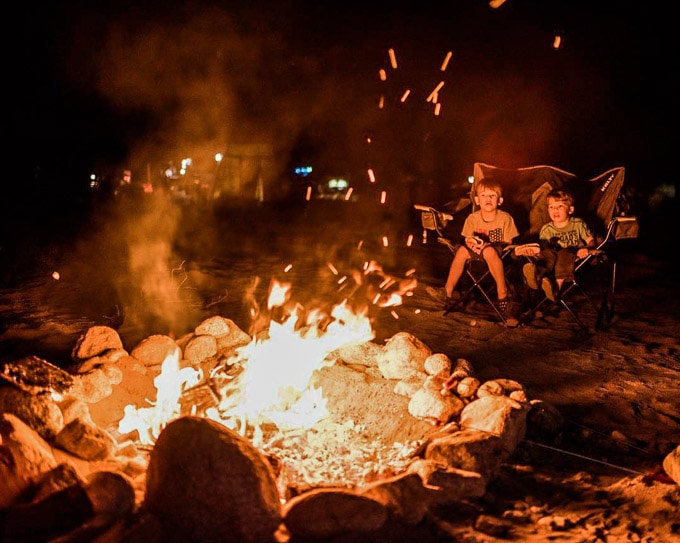
Have “no-power” night. Our tech-heavy society has gotten pretty dependent on glowing screens and energy-consuming activities. So we like to spend a night off-the-grid every week or two to show the kids how fun and enjoyable a lower-impact life can be. We're starting to see – especially with our oldest – that this has made them really mindful of the power they use. Sometimes they'll specifically ask for a “campout” dinner cooked in cast iron over our backyard fireplace as opposed to me lighting up the power-hungry stove. I'm more than happy to oblige.
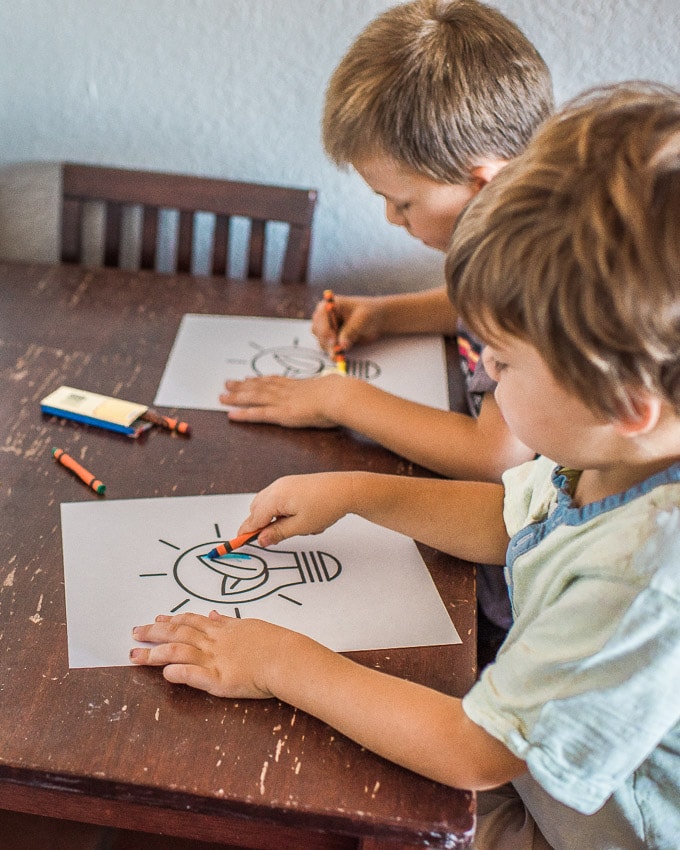
Help them conceptualize it. Awhile back we visited a museum where the 3-year-old got to turn a crank that ran a radio. He thought it was SO fun for like thirty seconds until he got tired and asked if there was a button he could push to make it run by itself. “If you don't power it, buddy, the world powers it.” Another simple way we've helped the boys develop a better understanding of power is by coloring a sheet with a light bulb on it (a couple people have asked for the printable – you can click that link to download). After a few minutes of coloring they sit back and realize how long it took to fill up the whole sheet, and I explain that every time we turn on a light switch, we have to fill up the WHOLE thing with power. That's no easy task – for us or for the universe.
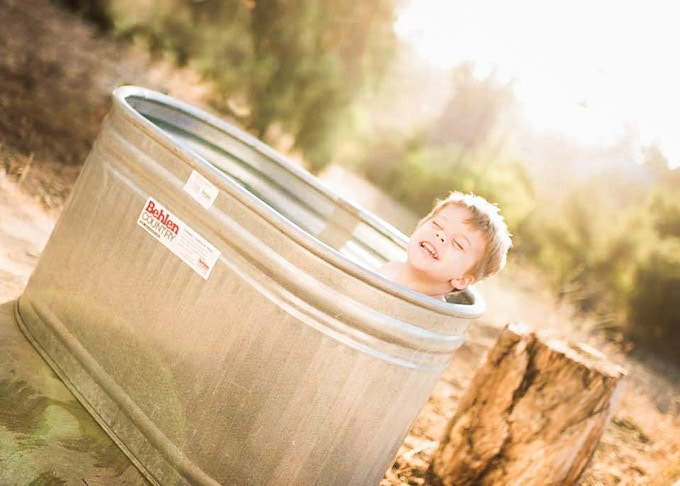
Conserve during water play. I have so many memories of running through sprinklers and splashing my friends with the hose when I was a kid. In California's drought, that's just not done. We got some rain barrels through a rebate program with our sponsor Energy Upgrade California, and now we use those to fill up troughs for the animals and for the kids to play in. Even without using a bunch of water from the hose and the power needed to transport it, they seem to have a pretty okay time.
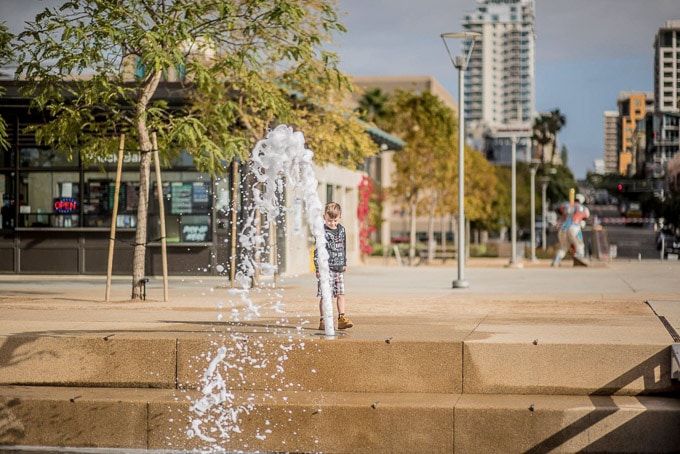
Enjoy public spaces. Once in awhile when the kids do feel like having a good old-fashioned romp through some streaming water, we head to one of California's uniquely-constructed parks that were built specifically with water conservation in mind. There's one downtown that houses 80,000 gallons in an underground reservoir that's constantly reclaimed, treated and reused. Public pools can be another good way of maximizing water by allowing as many people as possible to enjoy it.
Join in our sponsor Energy Upgrade California's Every Drop of Energy campaign by sharing a video detailing why saving water and energy is important to you, and what you personally do to conserve. Tag Energy Upgrade California on Facebook, @EnergyUpgradeCA on Twitter or @ca_energybear on Instagram with hashtag #EveryDropofEnergy.
Is your family working to conserve every drop of energy?